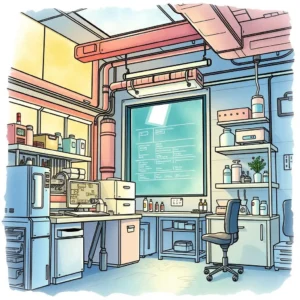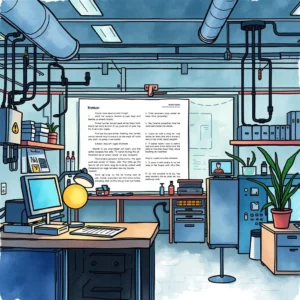Idea to prototype converter: Turn written ideas into tangible prototype plans
The idea to prototype converter helps you design, plan, and develop your project effortlessly by defining key features, timelines, and budgets.

Similar apps
Transform your ideas into actionable prototype plans
Effortlessly convert text-based ideas into prototypes

Streamlined project title input
Easily enter your project title to set the foundation for your prototype. This simple form field is designed to guide the AI in generating focused, relevant output that aligns with your innovation goals.

Comprehensive project description entry
Provide detailed insights through a project description input. This allows the AI to understand the core concept of your idea, ensuring it generates a prototype plan that accurately reflects your vision and intent.

Identify your target audience seamlessly
Entering your target audience helps tailor the prototype development process. The AI uses this critical information to produce strategies and features that specifically address the needs of the intended users.
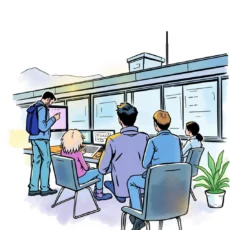
Specify key prototype features
Outline essential features of your prototype with ease. By detailing these aspects, you ensure that the generated plans encompass all crucial elements needed for effective product development and market readiness.
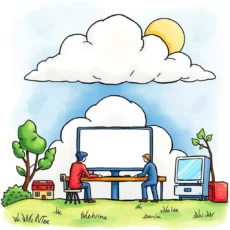
Define technology requirements efficiently
Inputting technology requirements allows for precise alignment between resources and capabilities. The AI utilizes this data to recommend feasible solutions and technical specifications tailored to bring your prototype vision to life.

Set clear expected outcomes
Articulate expected outcomes within a dedicated form field. This clarity enables the AI to focus on generating results-oriented plans that drive success and meet established objectives for your project.
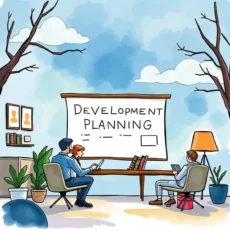
Establish a prototype development timeline
Facilitating a timeline input enables strategic planning for development phases. The AI analyzes this information, helping you anticipate milestones and ensure timely progression towards realization of your idea.

Collaborate with team members listed
Include team members involved in this project through an input field specifically designed for collaboration details. This facilitates coordinated efforts, ensuring everyone contributes effectively towards innovative outcomes.

Estimate your budget intelligently
Utilize the budget estimation feature to set realistic financial expectations. The AI considers cost parameters in its outputs, assisting in developing prototypes that are not only innovative but also align with financial constraints.

Anticipate potential challenges and solutions
Documenting potential challenges enables proactive problem-solving strategies within prototype planning. The AI incorporates these insights to create robust solutions, enhancing readiness against obstacles during development stages.
Additional information
Best for: Prototype Engineer, Technology Transfer Specialist, Research and Development Technician, Product Development Engineer, Innovation Scientist

